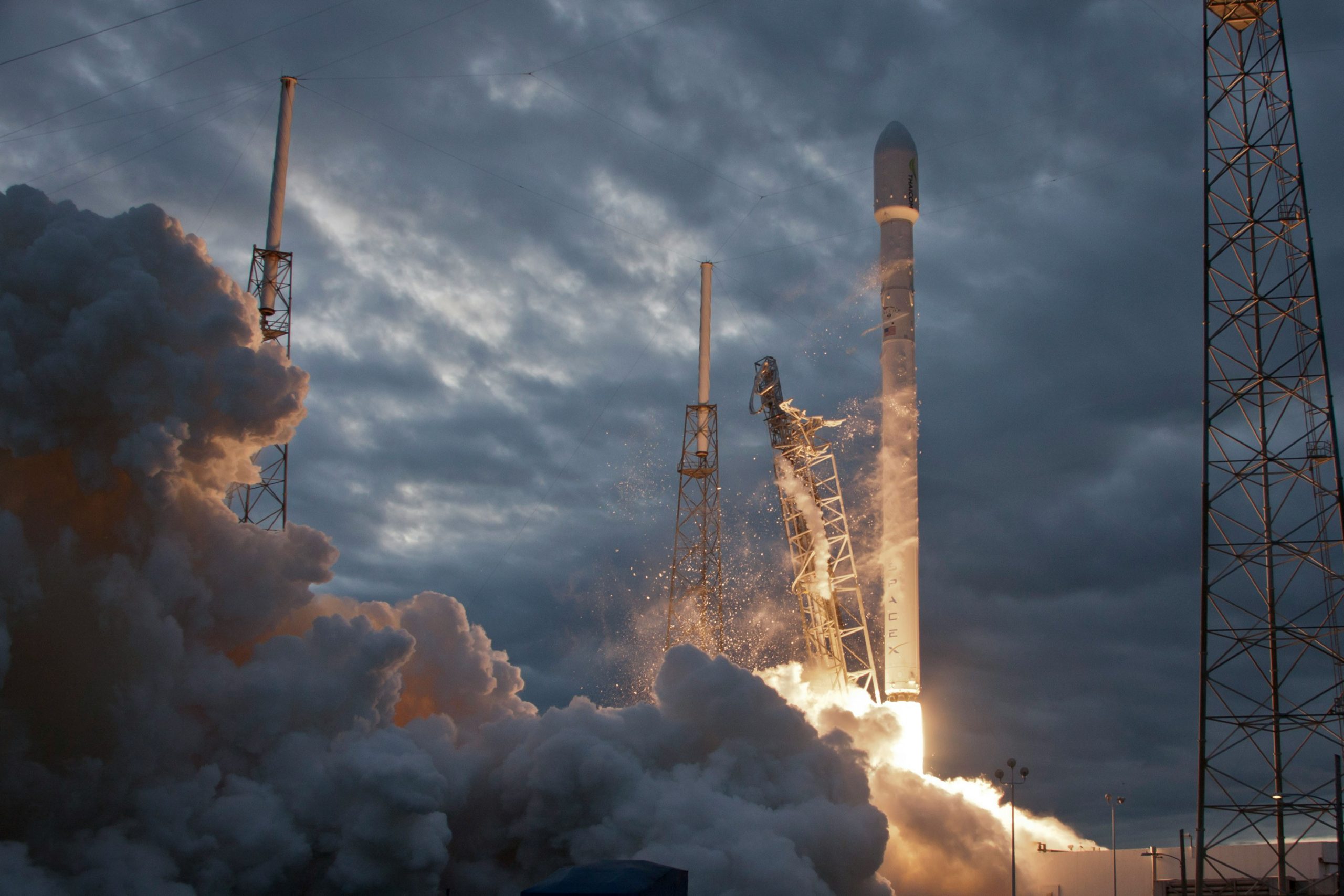On Episode 24 of The Connectivity Matters Podcast, we were joined by Mart Kroodo, the Founder & CEO at 1oT, which provides global connectivity for the IoT industry, to talk about the company’s innovative solutions. From day one Mark’s goal with 1oT has been to make eating technology more accessible to companies worldwide and enable them to far more easily choose between different telecom providers. To do that, he’s had to drive more communication and collaboration in the industry. Read on for an inside look at his connectivity solutions.
“The main thing we were thinking about is that there are 2,000 telecoms worldwide, so how could we create synergy between different direct companies? Back in 2016, it was clear that easy SIM would be the next big thing, because if telecoms could collaborate, then swapping from one telecom to another using the same technology would be a no-brainer because of the value for IoT companies. Right away we thought that there needed to be a neutral, independent telecom middleman who gathers telecoms on one service, because different telecoms were not getting long, and it was very hard to find synergy there.
From day one, we have been aggregating different telecom deals on one service. In essence, we are a reseller. We negotiate with telecoms, and we resell their megabytes and gigabytes to our customers. The value we provide is that we have many telecom deals we can offer to our customers, and once they start using different telecom profiles, they still need to manage the service somehow.

We have built the connectivity management platform that enables them to control the sims, starting from switching on and off and sending SMS or setting data limits to actually getting notifications. Setting up that let me know if someone either consumes too much, too little, or goes to a blacklisted country. Also, the system learns from the behaviour of the sim, and if it detects something weird, then it notifies the customer right away.
We put a lot of effort into building the connectivity management platform from day one, which has been super important because it’s not just about getting their connectivity up and running. If you are running thousands or hundreds of thousands of devices in different countries on a daily basis, then you need to understand what’s going on. If something happens, you need to debug it, and you want to go into details. You want to see all of the sessions, minute by minute in the right network, looking at how much it consumed, what might be the issue, etc. You want to do everything on a self-service basis through a platform or by using API’s.
A few years ago, we finished developing our own ECM infrastructure as well. Now we are among the 33 companies in the world who have built the ECM infrastructure themselves. The main thing is good telecom deals, connectivity management platforms and infrastructures are owned by us developers.”
To hear more about Mark and 1oT’s solutions, tune into Episode 24 of The Connectivity Matters Podcast here.
We sit down regularly with some of the biggest names in our industry, we dedicate our podcast to the stories of leaders in the technologies industries that bring us closer together. Follow the link here to see some of our latest episodes and don’t forget to subscribe.

















